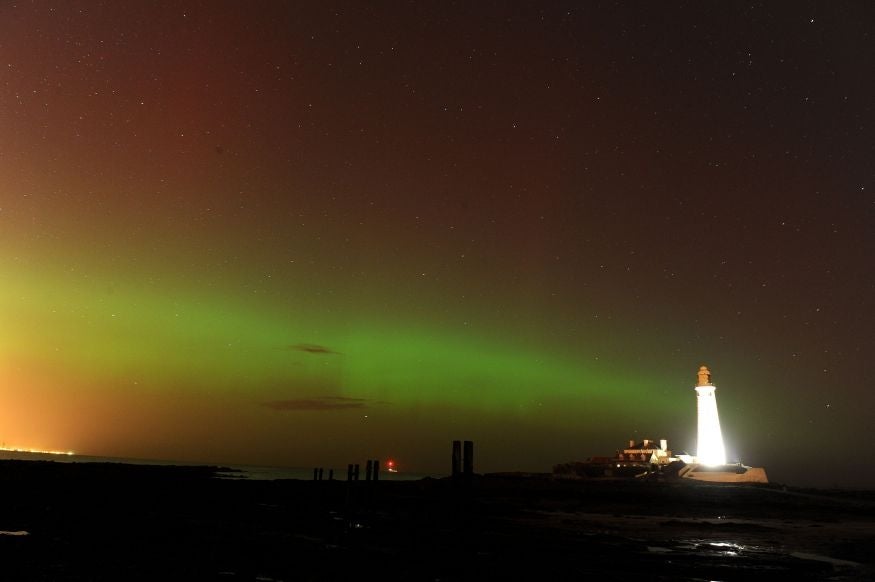Northern Lights from the UK: Norfolk, Essex and Scotland skies glow with Aurora Borealis
The astronomical phenomenon was spotted as far south as Essex

Your support helps us to tell the story
From reproductive rights to climate change to Big Tech, The Independent is on the ground when the story is developing. Whether it's investigating the financials of Elon Musk's pro-Trump PAC or producing our latest documentary, 'The A Word', which shines a light on the American women fighting for reproductive rights, we know how important it is to parse out the facts from the messaging.
At such a critical moment in US history, we need reporters on the ground. Your donation allows us to keep sending journalists to speak to both sides of the story.
The Independent is trusted by Americans across the entire political spectrum. And unlike many other quality news outlets, we choose not to lock Americans out of our reporting and analysis with paywalls. We believe quality journalism should be available to everyone, paid for by those who can afford it.
Your support makes all the difference.Northern lights were spotted over parts of the UK on Thursday night.
Also known as Aurora Borealis, the lights have been visible as far south as Essex, where it is unusual for the spectacle to be seen, according to BBC News.
They have also been spotted in Norfolk on the west coast, and in South Wales.
AuroraWatch UK, a group run by the Space Physicists at Lancaster University which posts alerts on Twitter when the Northern Lights are visible in Britain, tweeted that there were “many” sightings in Scotland and northern England at around 9pm.
The ethereal light displays are caused by collisions between electrically charged particles from the sun that enter into the earth’s atmosphere.
They are most common above the magnetic poles of the northern and southern hemispheres, where they are known as aurora australis.
Northern Lights generally appear as spectacular waves or streaks of pale green and pink, but shades of red, yellow, blue and violet have also been spotted by stargazers.
Join our commenting forum
Join thought-provoking conversations, follow other Independent readers and see their replies
Comments